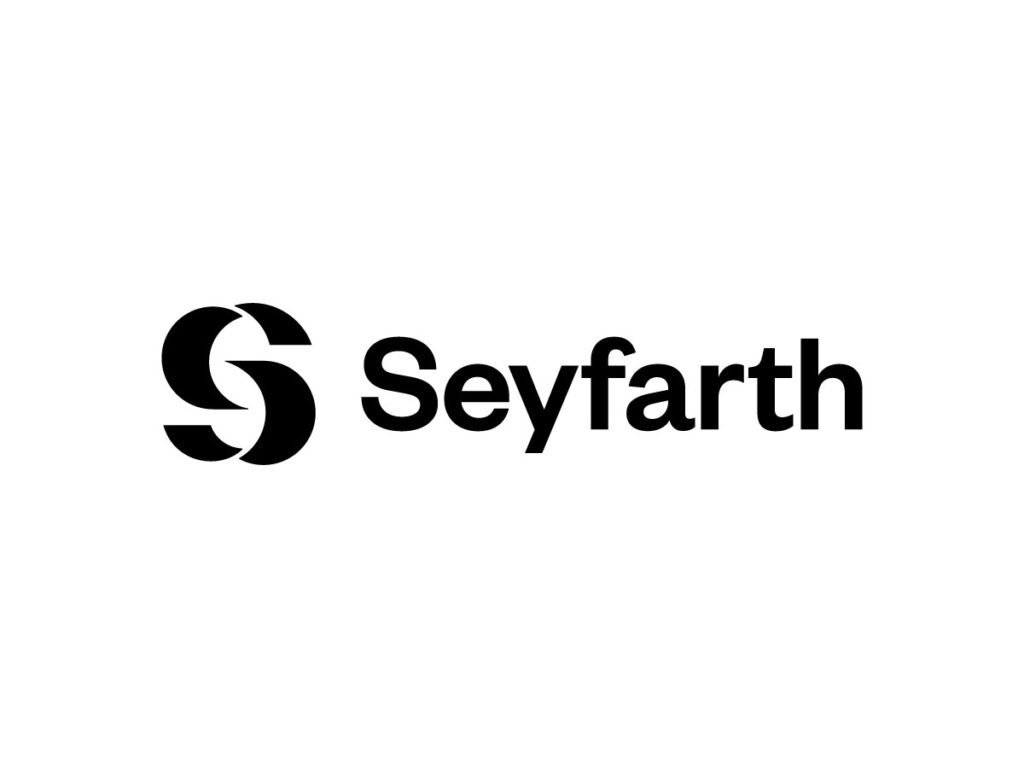On October 29, 2024, the Second District Court of Appeals of California decided against the County of Santa Barbara (“the county”) in JCCRandall LLC v. County of Santa Barbara. The Court held, contrary to popular belief, that marijuana is still illegal in California because it is illegal federally. Thus, the Court sided with a private landowner (“plaintiff”) who objected to the county issuing a conditional use permit (“CUP”) for the cultivation of cannabis on the plaintiff’s land without their consent, despite a pre-existing easement.
Factual Background
The county requires a CUP for the cultivation of cannabis. To issue a CUP, the county requires a finding that the street and highways in question are adequate for the proposed use. Here, Santa Rita Holdings, Inc. applied for the CUP to cultivate cannabis on land owned by Kim Hughes, who consented to the proposed cannabis cultivation. The CUP was granted.
However, the plaintiff’s land was burdened by an easement created in 1998. The half mile unpaved road is the only way to access the Hughes property so the cannabis would have to be transported over the plaintiff’s property, to which the plaintiff never consented.
Thus, the plaintiff challenged the county permit and alleged: 1) using the easement for cannabis activities is prohibited by the terms of the easement deed and federal law, 2) state law requires the plaintiff’s consent for cannabis activities on its land and the plaintiff refused to consent, and 3) the road violates the county standards for private roads. The trial court denied the petition, finding that substantial evidence supported the administrative decision which did not involve a fundamental right.
The Appellate Court Order
Unlike the trial court, the Appellate Court held that the right to exclude an unauthorized person, in this case, a cannabis grower, is a vested fundamental right. The Court concluded that this meant that the independent judgment standard should be used to decide the case.
In applying this standard and addressing the plaintiff’s allegations, the Court first discussed the easement’s use to transport cannabis. As a preliminary matter, the Court held that cannabis is still illegal in every state (including California) because it is illegal federally. Further, the Supremacy Clause of the U.S. Constitution mandates state actors to abide by federal law in the event that state and federal law conflict.
With this guiding principle, the Court then turned to the county’s decision to grant the CUP for the cannabis project. The Court highlighted that by granting the CUP, the county forced the plaintiff to allow cannabis transportation on their land because of the existing easement. In order to issue the CUP, the county relied on Civil Code Section 1550.5(b), which essentially states that commercial activity related to cannabis would be a lawful object of contract as long as it complies with the applicable California laws. The Court held that this subdivision is in violation of the Supremacy Clause because state law does not trump federal laws making cannabis illegal.
The Court interpreted Business and Professions Code section 26051.5 (cited by the plaintiff), to require permission for commercial cannabis activities from all landowners where the land is used for this purpose, including the owners of servient tenants over which cannabis is transported. The Court also reiterated that the plaintiff cannot be forced to allow his property to be used to transport cannabis because such use exceeds the scope of uses allowed under the easement.
The easement was created in 1998 when cannabis was illegal under both California and federal law and since that time, the easement had been used for legal agricultural purposes. Thus, it was impossible for the creators of the easement to contemplate the easement being used for cannabis transportation (due to its illegality at the time). Additionally, because easements must be used in a mode and manner that falls within the original scope of what the creators intended, the proposed use for cannabis exceeds the scope. Because the proposal exceeds the original scope, the Court reasoned that the county, both based on federal law, the deed, and the state civil codes, was not permitted to grant the CUP without consent from the plaintiff.
Finally, the Court rejected the county’s argument that this dispute is exclusively between the two private landowners. The Court referred back to the county’s requirement that to grant a CUP the county must find that the “streets and highways are adequate and properly designed” for the proposed use. Because the easement is not available for this proposed use, the streets and highways cannot be deemed adequate and the granting of the CUP was improper.
For these reasons, the Court reversed the trial court’s judgment in favor of the appellant.
Conclusion
While the legality of marijuana in the state of California has long been accepted as a given, this case highlights one of the ways that relying too heavily on the legality of marijuana in the state could be problematic. This decision affirms that property owners have a fundamental right to restrict the use of their property even when there are pre-existing easements. Further, the case highlights the ongoing tension between state and federal law when it comes to the legality of marijuana in states that have legalized it. When it comes to cannabis, business owners, counties, municipalities, and private property owners will have to strongly consider explicit consent of the involved parties (regardless of pre-existing agreements) rather than relying solely on state law and county protocol. This case demonstrates the possibility of heightened scrutiny for cases that deal with the intersection of cannabis and private property.
H/T: www.jdsupra.com



